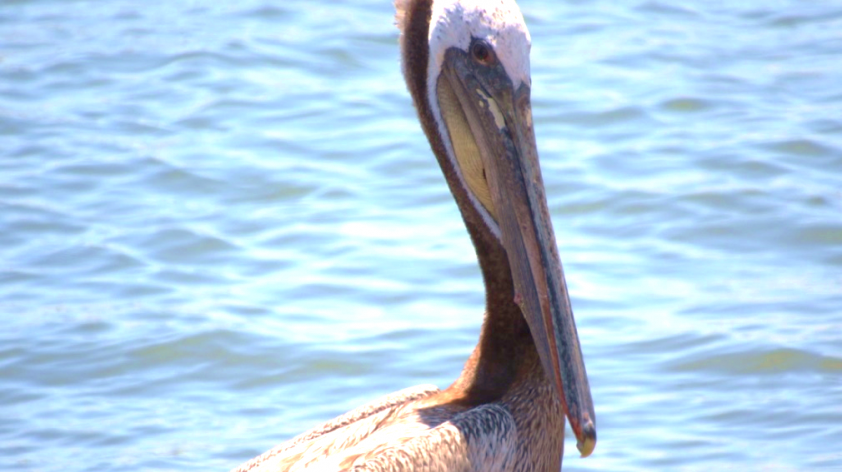
Dangerous Domoic Acid
Being a conservation biologist, you have the opportunity to see major problems happening in the ecosystem that others might not be able to see.
Since the beginning of the season, our Pacific Coast Bird Conservation research team has noted an alarming number of birds washing up along the coast. Although sad, these deaths can tell us valuable information about the environment around us.
For every mortality, we try to determine a cause of death and document the event in our database. However upon initial examination, these birds appear to be in good body condition and show no obvious signs of trauma associated with their death. One item worth noting is that a majority of birds washed up are pelagic species, birds that are known to spend most of their lives out at sea, such as grebes, loons, and pelicans.
These observations create important questions, like what could be causing these birds to die, and how do we prevent more deaths from occurring?
After some research and discussions with nearby sites, we determined that many factors could be contributing, including poor foraging conditions. However, one suspected culprit for at least some of these mortalities could be a toxin known as domoic acid.
Domoic acid is a neurotoxin produced by algae that is often associated with warming temperatures and red tides. This toxin accumulates in fishes such as anchovies and sardines, which are in turn eaten by seabirds. Once enough toxin has been accumulated, animals may experience seizures, lethargy, or even death.
Unfortunately, seabirds aren’t the only animals that are negatively affected by domoic acid poisoning. Otters, sea lions, and other cetaceans also fall victim to this toxin. Not all red tides are caused by toxin-producing phytoplankton, and not all potentially affected species can be tested for toxins, creating challenges for identifying causes of mortality. However, some individuals may be more vulnerable to toxic algal blooms if they are weak, lack suitable prey for foraging, or if other risks exist in their environments.
While runoff of excess nutrients from human activities such as agriculture and industry can also contribute to algal blooms, climate change and the resulting warming sea temperatures may be the biggest threat to our oceans.
By being aware of our carbon footprint, we can all do our part to lessen the impact of domoic acid and to protect the ocean and its inhabitants. A few simple steps to reduce energy consumption includes switching to eco-friendly light bulbs, buy locally made and grown products, or even simply taking the stairs instead of the elevator.
We must all work together and make environmentally friendly choices every day in order to protect our beautiful planet.
To learn about current trends in California for toxin-producing phytoplankton, visit the CDPH website, and view the map tool.
Kerstin Ozkan is a Research Associate with the Pacific Coast Bird Conservation Team (Terns and Plovers) at San Diego Zoo Global.













